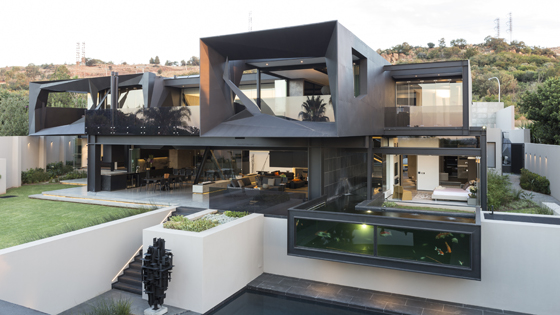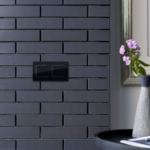You have built your dream house, and now you want to design it on your own, but you are confused about how and where to start; then you have landed in the right place. This beginners guide will help you with the basics that can aid you in designing your nest the way you desire.
Be Your Own Interior Designer
Designing your place can be incredibly exciting, intimidating, daunting, and challenging all at once. It’s easy to visualize what you want, but it’s even easier to feel overwhelmed and intimidated when the idea in your head doesn’t seem to be materializing. That is why it is imperative to understand some fundamental concepts that can help you decorate your home. Here are a few tips to help you become your own interior designer.

- Visualize and Ultimate Goal: The first and foremost step in designing your home is creating the ultimate vision for your home. Hence, deciding what you actually want your place to look like. You can take inspiration from varied sources such as Pinterest, Elle Décor, decor magazines, etc., and finalize the look and feel you want in your home. Doing this firsthand will decrease your chances of getting overwhelmed by all the information and inspiration that will keep coming across over the process. While deciding on the ultimate goal, make sure to hone in on troublesome areas, dead spaces, and dream designs to find inspiration and get your creative juices rushing.
- Figure Out What You Dont Like: It is generally easier for individuals to communicate what their dislikes are. You can quickly eliminate many things by placing dislikes into the equation and narrowing in on others. This can help you narrow down the items you want and eventually help you build a well-versed ultimate result that will have everything per your likes.
- Set The Colour Scheme: Pick three to five varieties that will be the most conspicuous in your home. If you’re uncertain, pick a tone given the inspiration you need for your home inside plan. On the other hand, utilize your clothes as a guide as we all generally purchase clothes in conceals that suit our personality. Once chosen, work room-by-room as each will require varied proportions of your picked colours.
- Follow The 70-20-10 Rule: For a balanced theme, keep 70% of the stuff (say, walls and floors) as one colour, then further add 20% in a second colour (fabrics) and lastly, 10% in an accent (accessories).
- Remember The Focal Point: Each room should have a focal point: an attractive or stunning piece such as a piece of art, a fireplace, or a lovely couch that draws viewers’ concentration. Take care not to go overboard here, because if you have numerous focal points in a living space, it will start to sense overpowering and unfocused.
- Maintain The Balance: To accomplish balance in each room, you’ll have to distribute the visual load of your furnishings and accents. Think about scale (huge and little things), surface (hard and delicate things), and position (high, eye-level, and low arrangement, and left and ideal situation). Assuming that you focus on subtle differentiations in a solitary space, you’ll have the option to make rooms that vibe complete and adjusted.
- Remember The Lightning: A very much-designed room can be ruined by ill-advised lighting, so make a point to figure lighting in your plan. Windows (for normal light), floor lights, elevated lights, emphasized lighting, and white-or light-shaded walls and furniture are incredible ways of opening up a dull or little space.
- Give Your Furniture The Room To Breath: When you get another piece of furniture, it’s a certifiable propensity to push it in a tricky spot, yet this can cause a space to feel firm and level. All things being equal, keep your furniture a couple of inches away from the walls to give your room an airier feeling.
- Choose Quality Over Quantity: Decorating doesn’t have to cost a fortune. However, good impulse purchases often lead to chaos and wear quickly. Instead, save for something that will prevail for decades instead of getting reduced within a year or two. Set up a budget and saving plan, then you can expend on grounding pieces like chairs, sofa, dining table, or console.
- Organizing With Style Is The Key: It is one thing to arrange the larger pieces in your space, but managing all the other smaller objects like the coasters, tiny decorative accents, gadgets, etc., is a totally different thing. Adding these small decorative things to your storage process can help clear up the clutter while still adding to the overall design scheme. While adding decorative statement pieces to your home, make sure to choose the organizing containers that match the look and feel of the room. A suitable bowl or tray can even double up the statement piece, making it look more well-thought and managed.
- Make Sure To Add The Final Touches: The final finishing touches are the most fun and essential part of the interior design. The rugs, cushions, paintings, and plants can make a massive difference in the room’s overall look. Therefore, once done with the bigger picture, make sure to coordinate these tiny bits and pieces with it to give a livelier and refreshing look to the overall home.
Designing may sound like an easy and fun task at first, but once you start doing it, you will understand that there is much more to it than just selecting a few ideal pieces and colours. And doing everything on your own without any help can be overwhelming. These few interior design principles mentioned above are a great way to get started; once you get hold of these basics, the rest of the things will eventually follow!




